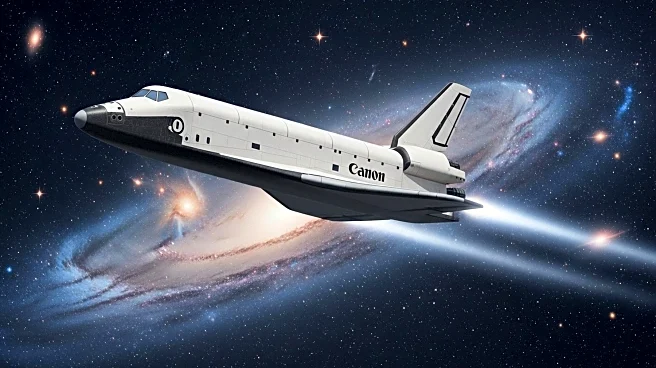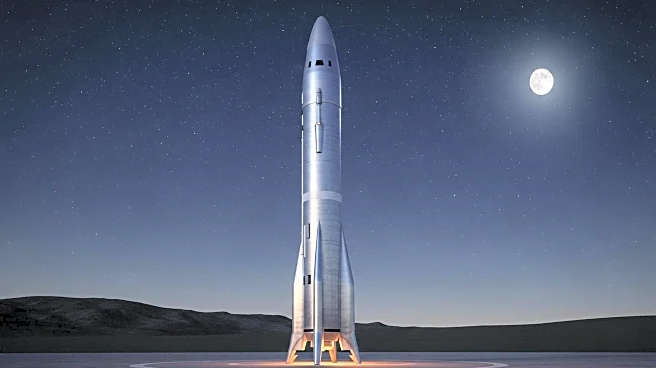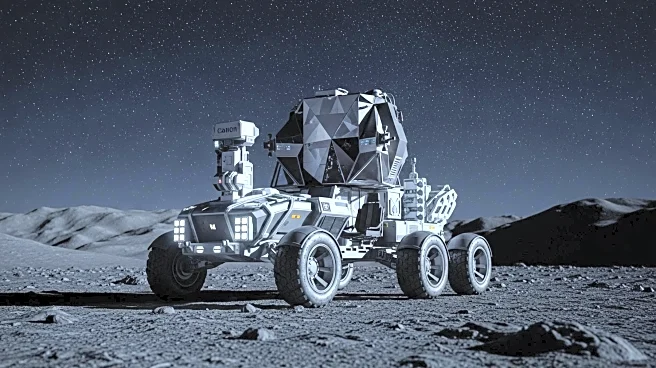What's Happening?
NASA has confirmed that the Artemis II mission, the first crewed mission to orbit the Moon in over 50 years, is scheduled for early 2026. The mission, involving three U.S. astronauts and one Canadian astronaut, aims to orbit the Moon but not land on it, with the landing planned for the subsequent Artemis III mission. The announcement comes as the U.S. competes with China, which is targeting 2030 for its first crewed lunar mission. The Artemis program, initiated during President Trump's administration, seeks to accelerate lunar exploration and eventually establish bases on the Moon.
Why It's Important?
The Artemis II mission is a pivotal moment in the renewed space race, with the U.S. aiming to reassert its dominance in lunar exploration. The mission's success could bolster NASA's plans for future lunar and Martian exploration, potentially leading to scientific breakthroughs and economic opportunities. The program's emphasis on safety and international collaboration reflects the evolving nature of space exploration, where geopolitical competition and cooperation coexist.
What's Next?
Following the Artemis II mission, NASA plans to proceed with the Artemis III mission, which will aim to land astronauts on the Moon. This mission will be crucial for demonstrating the feasibility of long-term lunar habitation and exploration. The success of these missions could influence global space policy and foster international partnerships, as countries and private entities vie for a role in the next era of space exploration.
Beyond the Headlines
The Artemis program's focus on establishing a permanent presence on the Moon could lead to significant advancements in space technology and infrastructure. This shift in exploration goals may impact industries related to space travel, resource extraction, and scientific research. The program also aims to promote diversity in space exploration by including astronauts from various backgrounds, potentially inspiring future generations.











